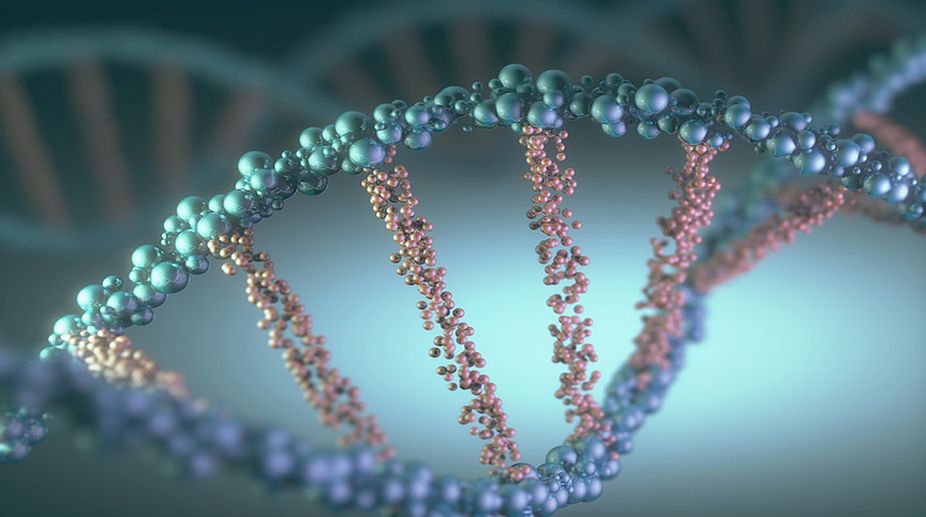Long before modern humans moved out of Africa and spread out in the rest of the world, a mysterious human group migrated from the continent and inter-bred with Neanderthals in Europe, suggests a new study.
An analysis of a Neanderthal femur's mitochondrial DNA has provided evidence that a lineage closely related to modern humans migrated out of Africa and this migration occurred after the ancestors of Neanderthals arrived in Europe.
Advertisement
These hominins inter-bred with Neanderthals already present in Europe, leaving their mark on the Neanderthals' mitochondrial DNA.
The study, published in the journal Nature Communications, pushes back the possible date of this event to between 470,000 and 220,000 years ago.
Earlier, the closer affinity of the Neanderthal mitochondrial DNA to modern humans than Denisovans was linked to a gene flow from an African source into Neanderthals before 100,000 years ago.
"The bone, which shows evidence of being gnawed on by a large carnivore, provided mitochondrial genetic data that showed it belongs to the Neanderthal branch," said lead author of the study Cosimo Posth of the Max Planck Institute for the Science of Human History in Germany.
Traditional radiocarbon dating did not work to assess the age of the femur, which was instead estimated using the mutation rate as approximately 124,000 years old.
This makes this Neanderthal specimen, designated HST by the researchers, among the oldest to have its mitochondrial DNA analysed to date.
Interestingly, it represents a different mitochondrial lineage than the Neanderthals previously studied.
The mitochondrial lineage of HST and of all other known Neanderthals separated from each other very deeply in time, at a minimum of 220,000 years ago, according to the study.
The proposed scenario is that after the divergence of Neanderthals and modern human mitochondrial DNA (dated to a maximum of 470,000 years ago), but before HST and the other Neanderthals diverged (dated to a minimum of 220,000 years ago), a group of hominins moved from Africa to Europe, introducing their mitochondrial DNA to the Neanderthal population.
Thus this intermediate migration out of Africa would have occurred between 470,000 and 220,000 years ago, the researchers determined.
Mitochondria are the energy-producing machinery of our cells. These mitochondria have their own DNA, which is separate from our nuclear DNA.
Mitochondria are inherited from mother to child and can thus be used to trace maternal lineages and population split times.
In fact, changes due to mutations in the mitochondrial DNA over time can be used to distinguish groups and also to estimate the amount of time that has passed since two individuals shared a common ancestor, as these mutations occur at predictable rates.











